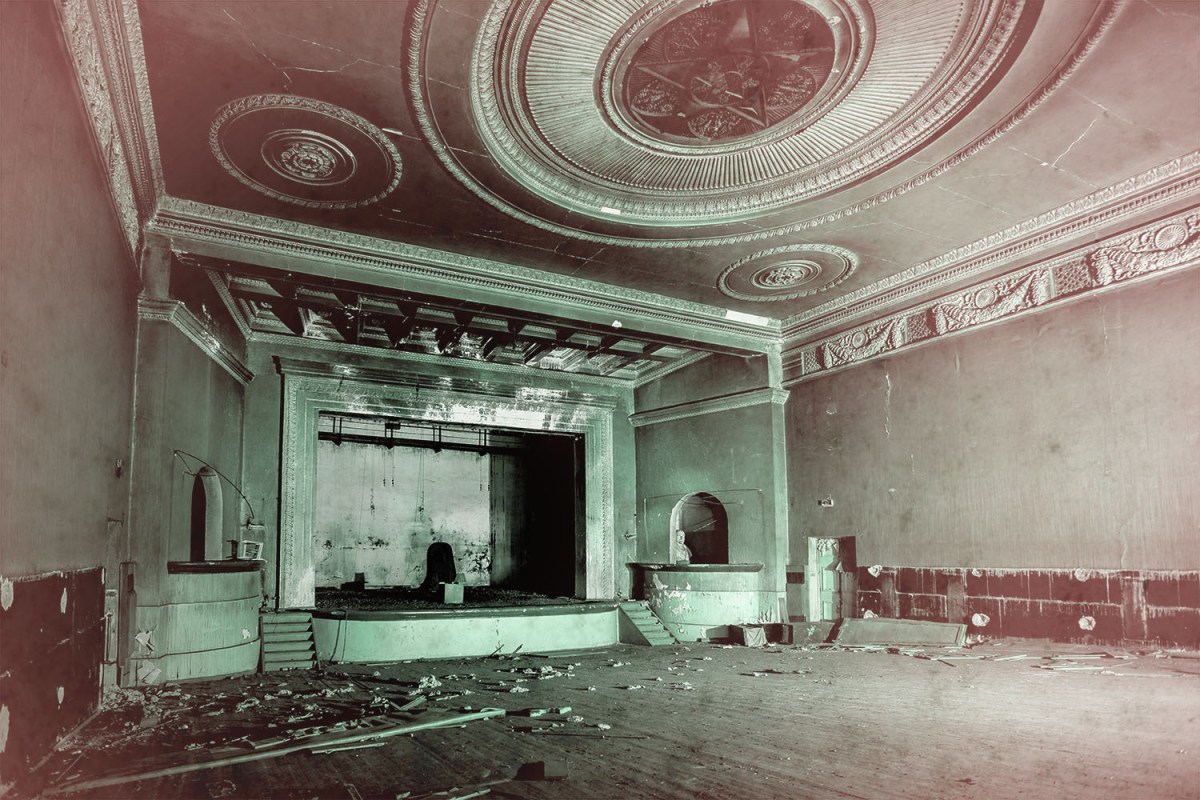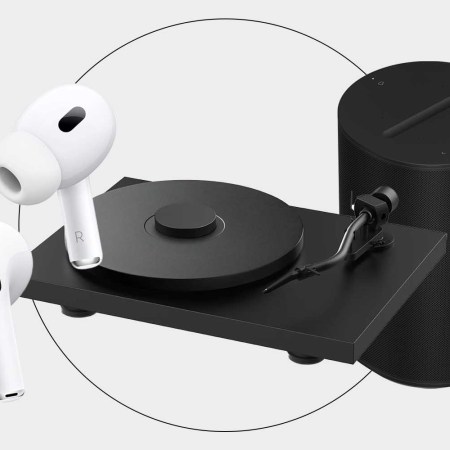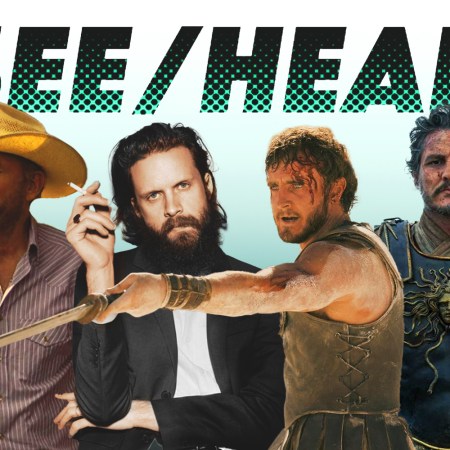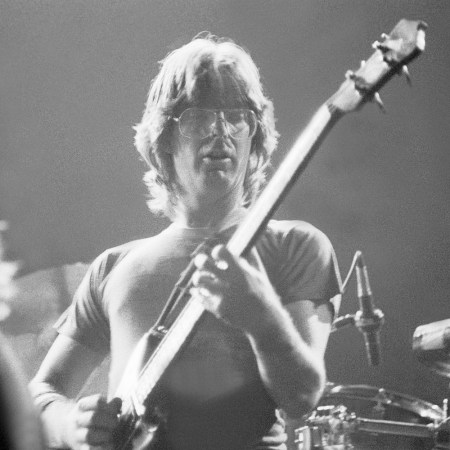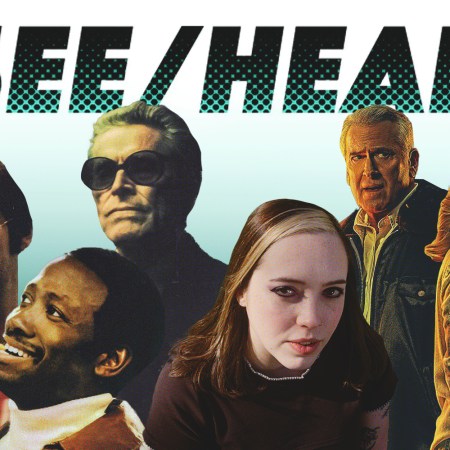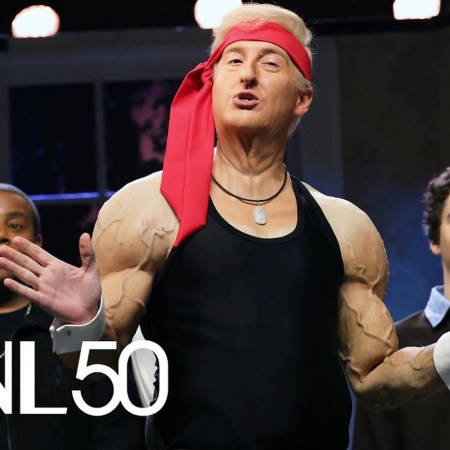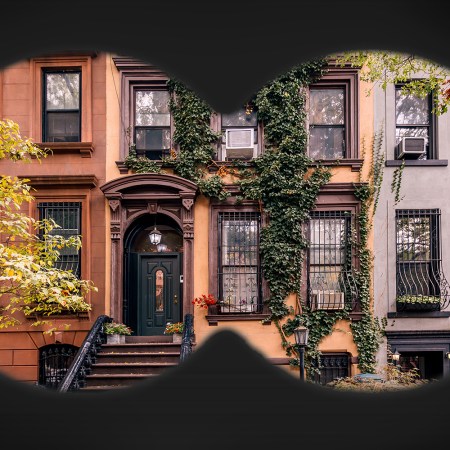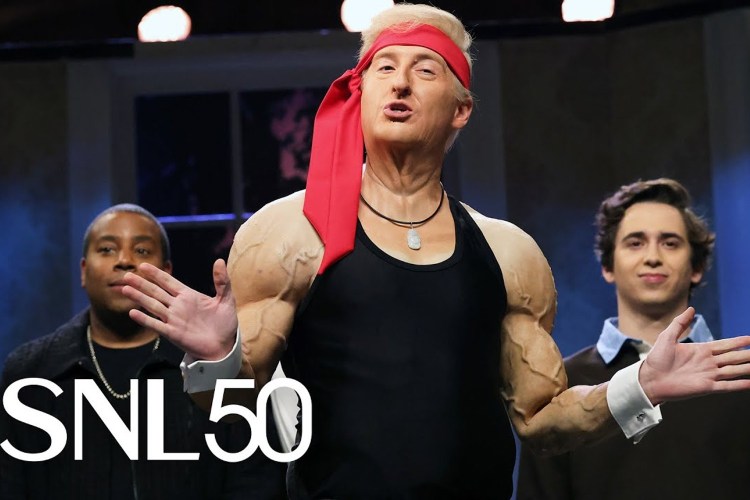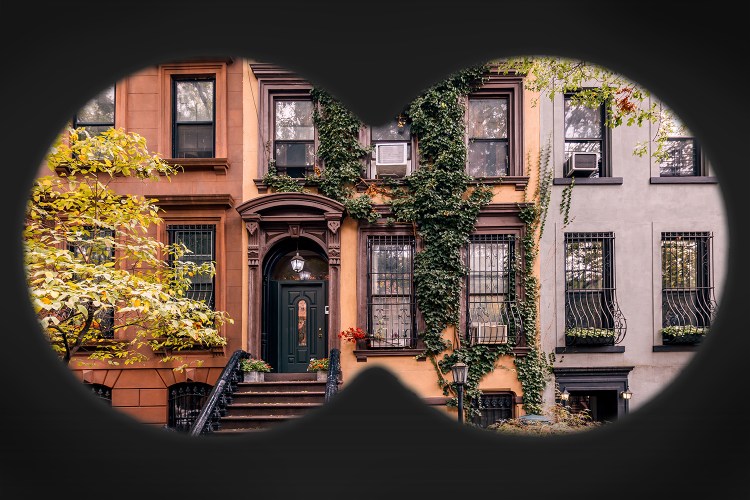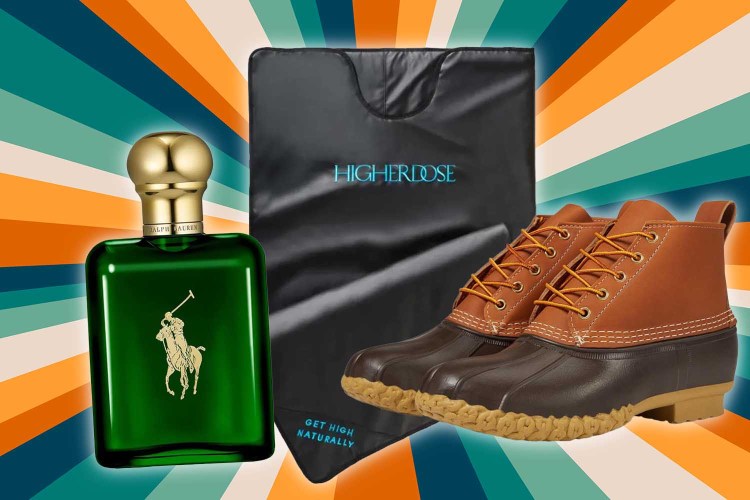2020 was supposed to be a big year for Cable Ties. The fuzzy Melbourne post-punk trio was set to play its first ever U.S. shows ahead of the late March release of its sophomore album, Far Enough, on storied indie label Merge Records.
“This year felt like the thing you dream about,” bassist Nick Brown tells InsideHook.
They got representation outside of Australia and were planning multiple rounds of touring in both the United States and Europe over the following year. And then COVID-19 broke out in America, canceling first South by Southwest and then the remainder of the band’s dates for the year.
Now, Brown says, “It feels like half the thing.”
COVID-19 has ravaged the globe, killing at least 350,000 people worldwide since its emergence last fall. The economic impacts have been significant, with a current U.S. unemployment rate of nearly 15 percent, and have been felt all over the music industry. According to Billboard, nearly 40,000 jobs in live entertainment have been lost since March 12, with major companies like Live Nation furloughing 20 percent of their staff. The concert industry could lose up to $9 billion over the next year if venues remain closed.
The effects have splintered out to every corner of the independent music community. Already backed-up record plants have been closed for weeks, record stores for months, and venues in many states have no clue when they will reopen or under what conditions. In the UK, physical music sales have supposedly been sliced in half. In America, spending on music has declined significantly, despite a slight bump for music streaming. Independent labels have begun pushing May releases back to June, July or even August. And hundreds of small venues have banded together to form the National Independent Venue Association to advocate for federal stimulus help, as has the Union of Musicians and Allied Workers. As a feature on Cable Ties in The Monthly demonstrated, the cancelation of a single, 800-capacity show means that between 30 and 40 people might lose work.
It is no secret that pretty much all musicians below superstar status make the vast majority of their income from touring. “For small to mid-size artists, touring is the revenue,” says Mike Campbell, who books at Colony in Woodstock, New York. “There is no other revenue.”
James Felice, who plays accordion and keyboard in the long-running folk-rock group the Felice Brothers, estimates that shows make up 80 percent of his livelihood from the band — a catastrophic loss in a time when touring has become impossible.
The D.C. power pop group Bad Moves were expecting to recoup the self-financed recording of Untenable (out June 26 on Don Giovanni Records) through touring alongside their friends in bands like Martha and Nana Grizol. “It all kind of fell apart,” says guitarist and singer David Combs, who also books shows for the band. Though he initially tried to rebook shows for later in the year, Combs says he has had at least one venue tell him they simply won’t be planning concerts for the foreseeable future. “It’s completely unclear whether it will be safe to play shows by the fall.”
To be an independent musician often means taking on all kinds of potentially unrecoupable costs: maintaining a tour van, printing merch and buying records wholesale from your label (if you have one) are all unavoidable fixed costs. Now, many groups have found themselves saddled with hundreds if not thousands of dollars of unsold merch, with no real opportunities to unload it in the future. Running a tight ship often means booking your own tours, doing your own PR and promoting your own shows — work that remains unpaid if a tour gets canceled. “Playing shows and selling merch is how bands make money,” says Combs, noting that his group self-funds with that money, including paying for promotion and a radio campaign for Untenable. The band is trying virtual concerts and online sales, but, as Combs concludes: “It’s not really a substitute.”
While almost certainly rhapsodized beyond reality, the independent music ecosystem has historically provided an alternative to corporate labels, broadcasting networks and other consolidated organs of power. While they’re no doubt pressured by rising rents and glaring inequality, America still has a thriving network of labels, distributors, record stores and concert venues to support the country’s independent music community.
Punk legend Ian MacKaye’s newest band Coriky, a collaboration with Amy Farina and Joe Lally, were set to release their debut album at the end of March. But as Dischord was set to ship out records in the middle of the month, Revolver, the company’s San Francisco-based distributor, shut down, and then record stores began to close nationwide. So MacKaye made the decision to postpone the record to the end of April, and then again to late May. As he explains, the decision was practical, but also ethical: if the label shipped straight to stores, it would slight Revolver, which had already bought several thousand copies for the same purpose; if the label shipped out mail order, it would screw both stores and distributors. And if it went out digitally, well, he says, “That’s not fair to anybody.” Only once Revolver reopened and lockdowns began to lift toward the end of May did the record finally get a digital release date: June 12. “The idea,” MacKaye says, “was to be supportive of the independent music network, in which shops pay a critical role.” He didn’t want to hurt stores that have already suffered major losses. “It was a sign of solidarity.”
Signs of solidarity have been woefully absent in the music industry at large. As with many aspects of the coronavirus outbreak and the resultant economic collapse, pre-existing stresses have been revealed all throughout the music industry. “The societal decision to devalue the work that musicians do predates the coronavirus,” Combs says, “but our reaction to it as a country continues to exacerbate that.”
According to a 2017 report by Citigroup, a mere 12 percent of music industry revenue actually goes to artists, and even this number is skewed towards the handful of megastars who monopolize streaming platforms. While physical record sales have been on a steady and significant decline since the late 1990s, previous modes of digital sale, like Apple’s iTunes store, at least paid artists a decent share for each album or single sold. Spotify, the world’s leading music streaming service, on the other hand, pays approximately .004 cents per stream. Rather than raise its rates during the crisis, Spotify instead allowed bands to set up a “tip jar” on their artist page. As Felice pointed out on his band’s Facebook page, a fan donation of one dollar would be the equivalent of approximately 230 streams, or approximately 19 full listens to last year’s Undress. He estimates that he makes a few thousand dollars off his recorded music, tops, annually, and that most of this comes from licensing. “They’re definitely not paying musicians at my level jack shit,” he says.
As Liz Pelly has written about extensively at The Baffler, Spotify is far more interested in co-opting artists to sell advertisements and branded content than supporting any sort of viable music ecosystem. “As artists grow more dependent on streaming services — for distribution, marketing and revenue,” she writes, “the services themselves benefit from the wholesale ‘disruption’ of the prevailing model for music distribution.” Even the addition of a tip jar, like the inclusion of a song on a large playlist, further ties an artist in with a streaming service like Spotify, forcing small bands to advertise for a company that gives them essentially no support in return. Why would they care about maintaining an independent band’s career when there are thousands more with no alternative but to sign directly to Spotify? All this for a company that regularly forecasts losses in the hundreds of millions.
The result is that American musicians are living increasingly tenuous lives, to the point that the cancelation of a tour can upend a life. “As the music economy has shifted over the past few decades,” says Combs, “there are fewer and fewer means of having a sustainable income through music and various other art forms. Musicians don’t have a union, musicians are precarious workers.” And while there are unions like the American Federation of Musicians, they represent professional instrumental musicians (i.e., studio players and back-up artists) rather than the kinds of low-to-the-ground, self-funded and self-managed bands that make up most of the American independent music scene.
In recent years, other artists have turned to Patreon, GoFundMe or Kickstarter to fund albums, tours or the low-income periods between tours. And since the shutdown, many have attempted to find their own way around the loss of tour revenue, selling merch directly to fans, or putting up Venmo or Paypal links for fan donations — all tech companies which further enmesh themselves into the lives of artists. Bandcamp has foregone its 15 percent share of sales every first Friday since the beginning of the pandemic, which has resulted in millions of extra dollars being transferred to bands. And then there are gig and day jobs. Felice has been doing manual labor, “splitting wood and digging ditches,” but the experience has left him discouraged: “I have no other skills, I never went to college, so for me there’s nothing else,” he says. “We were just starting to do pretty well in the last couple of years. I’m still trying to save up for a house. It’s been my goal for years and years and years. But everything’s on pause, now.”
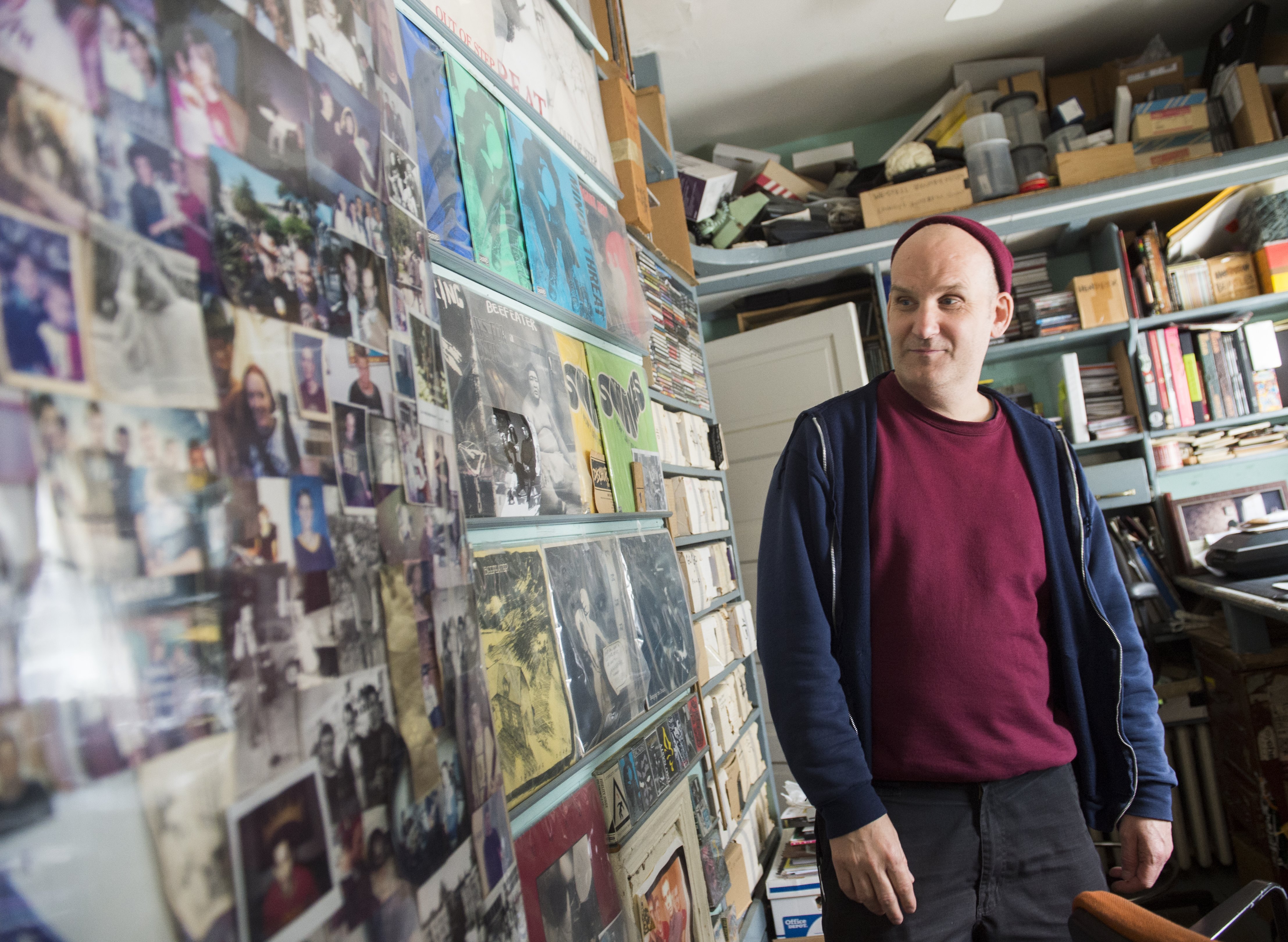
While so much of our lives has migrated online, the heart of most independent music is still live performance. “For a band like us, a high energy band,” says Combs, “it’s about cultivating that experience of mutual energy with an audience.” Nick Brown concurs: “We’re a really loud band. The physicality of sound is designed to impact your body.”
Many of my best musical memories come from loud, sweaty shows, packed in like sardines and screaming in chorus with strangers. And as Mike Campbell points out, the cycle of touring, writing and recording is what sustains the vast majority of “middle- and working-class artists” in the independent music community. “It’s paycheck to paycheck, even if that paycheck is every three months,” he says.
It is unclear when venues will be able to reopen in most of the United States’ major markets, much less at full capacity. According to guidelines put forth by the non-profit Event Safety Alliance, concert attendees should wear masks, wash their hands once an hour and receive mandatory temperature and health screenings prior to the show. Attendees or groups need to stand six feet apart from one another, in areas marked off by tape. Fans can’t stand at the front of the stage, and “moshing and crowd surfing are violations of social distancing per se and must be absolutely prohibited during this pandemic.”
These guidelines will vary from state to state, or possibly city to city. Campbell stresses that these are all possible responses, “Like items being laid out on a picnic blanket that we can choose when is time to do so.” But it is easy to see how these restrictions will impact bands. Mandatory distancing would inherently reduce the maximum capacity within a venue, so that even a sold-out show in 2020 or 2021 might be a quarter the size of the same in 2019. This reduces ticket revenue, as well as the food and drink sales that are the real sources of revenue for most full-time venues. Ticket prices might rise, but then fewer people will be able to afford them. Fewer people also buy less merch — and this is without even considering the economic crash which will likely leave music fans with less expendable income to spend on concerts and merchandise. Campbell expects that guarantees will shrink, and predicts that most bands below a certain level will instead have to play for a percentage of the box office gross. “The touring economy is going to shift,” he says. “Bands will have to scale down.”
For Brown, socially distanced shows become challenging in multiple respects. “To go to Brisbane or Sydney and play to 30 people might not be economically feasible,” he says, but it also might not be “artistically feasible.” How can a loud, visceral band perform in a seated, nearly-empty venue, “like a cocktail bar”? “Entertainment will be the last thing to come back,” concurs Felice. “A successful show means a room crowded full of strangers — the very thing we’re trying to avoid right now.”
But while small bands and labels might currently run on the thinnest of margins, it’s possible that it is precisely this thriftiness that will benefit them in the long term. Both Brown and Combs book their own tours, and Felice serves as his own tour manager. For Campbell, who toured for many years with his wife, Laura Stevenson, as well as punk bands like Latterman who have always operated on a small budget, staying with friends and connecting with local music scenes might be better suited for what comes next. “A band that can successfully play to 100 people a night will be better equipped than one with a ton of overhead.”
And while MacKaye acknowledges the anomalous nature of Dischord’s 40-year success, he credits it in part to this same extreme frugality, as well as a spirit of fairness. Today, their ‘90s success lives on in the form of reserves that have kept the label’s small staff employed throughout the crisis. “We socked it away. We kept it super tight,” he explains. “I’m a long-distance runner.”
This article was featured in the InsideHook newsletter. Sign up now.
